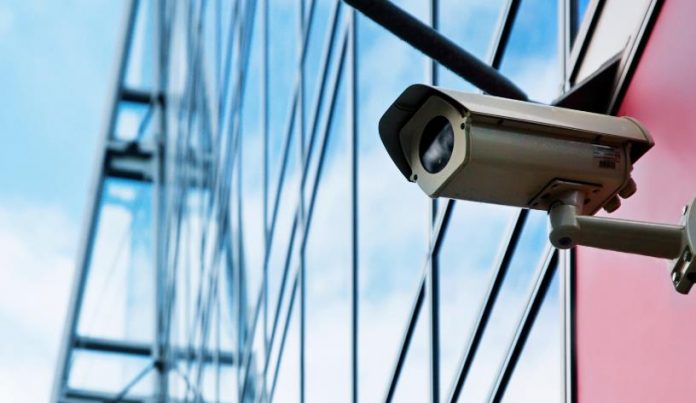Table of Contents
Business security is paramount. Threats like theft, vandalism and violence can disrupt operations, damage equipment, endanger employees and tarnish a company’s reputation. The financial toll is immense; retail theft alone costs businesses over $50 billion annually.
Investing in security measures is critical for any business that values safety and success. One of the most powerful tools available today is commercial security cameras. These devices can deter crime, help law enforcement, and provide invaluable peace of mind. Let’s see everything it has to offer!
Exploring the Power of Commercial Security Cameras
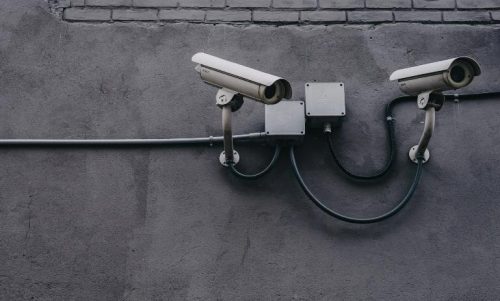
Commercial CCTV systems offer numerous benefits that directly enhance business security:
- Deter Crime: Studies show that the presence of security cameras can reduce crime by up to 51%. Potential perpetrators are less likely to act when they know they are being recorded. This prevents losses from theft, vandalism, and fraud.
- Aid Law Enforcement: Footage from security cameras can identify criminals and be used as evidence in investigations and court proceedings. This helps bring perpetrators to justice and recover stolen property or damages.
- Create a Safer Environment: Employees and customers feel more protected knowing their safety is being monitored. This leads to greater comfort, productivity, and satisfaction.
- Protect Assets: Outdoor cameras monitor perimeters, entrances, parking lots, and other vulnerable areas. Indoor cameras keep an eye on inventory, equipment, and restricted access This provides 24/7 surveillance.
- Limit Liability: Comprehensive footage protects against false injury claims and provides an objective record in case of disputes. This reduces liability risks.
For example, convenience stores using surveillance systems saw a drop in shoplifting.
Manufacturers using camera systems reduced product theft by up to 60%. Security cameras even help prevent assaults; New York City saw a 20% decrease in felony crimes after installing cameras in housing projects.
Choosing the Right Commercial Security Camera System
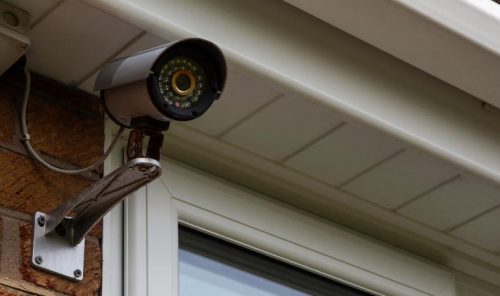

- Camera Resolution: Higher resolution delivers sharper, more detailed images. At a minimum, choose 1080p HD resolution. For facial recognition or reading license plates, opt for 4K or 5K cameras.
- Field of View: Cameras with 90-120° field of view are ideal for most indoor spaces. For larger areas like warehouses, 180° fisheye lenses provide full coverage.
- Storage Capabilities: On-site network video recorders (NVRs) provide expansive long-term storage. Cloud storage enables remote access to footage. Choose an option that fits your needs and budget.
- Additional Features: Motion sensors trigger alerts and recording when movement is detected. Low light and infrared capabilities enable night vision. Analytics can track people and vehicles.
Consider your business’s unique risks and vulnerabilities. Place cameras covering entrances, transaction areas, inventory, and external perimeters. Installing a quality system upfront saves money over piecemeal upgrades later.
Tips for Effective Installation and Usage
Installing and managing your commercial security camera system effectively is crucial for maximizing its crime deterrent and investigative capabilities. Follow these tips:
Strategic Camera Placement
- Mount cameras high, at least 8-10 ft off the ground, for a broad vantage point difficult for perpetrators to tamper with or avoid.
- Overlap camera views to eliminate blind spots. Leave no areas unseen.
- Focus cameras on key areas like entrances, exits, loading zones, transaction registers, inventory storerooms, and external perimeters.
- For outdoor spaces, position cameras to capture license plate numbers and facial details.
- Inside, cover high-traffic zones and restricted access areas thoroughly.
Optimal Camera Conditions
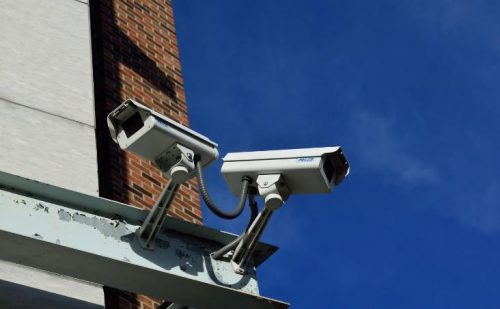
- Test lighting at different times of day and night. Add extra illumination if needed.
- Ensure no obstructions are blocking the camera’s line of sight. Move any obstructing objects like signs or vegetation.
- Clean camera lenses regularly to maintain image clarity. Check that protective housings are secure.
- Verify cameras have power. Install uninterruptible power supplies (UPS) to avoid outages.
Ongoing System Maintenance
- Perform routine maintenance like dusting, wire checks, lens cleaning, and testing. Replace worn or defective parts immediately.
- Keep all software up to date. Update firmware whenever new versions are released to fix glitches and enhance performance.
- Check that motion sensors, night vision, remote access, and other features are working properly. Activate alerts to notify you of issues.
- For cloud-based systems, monitor storage usage and bandwidth to avoid reaching limits. Add capacity as needed.
Responsible Footage Handling
- Disclose surveillance with clearly digital signage at all entries and on-premises. Reinforce the deterrent effect.
- Limit live viewing and footage access to only essential personnel through password protection and encryption.
- Adopt explicit policies for appropriate circumstances to access and share recorded footage. Delete unused footage after a set time.
- Disable features allowing remote system access when not needed. Harden equipment against hacking attempts.
Staff Training Essentials
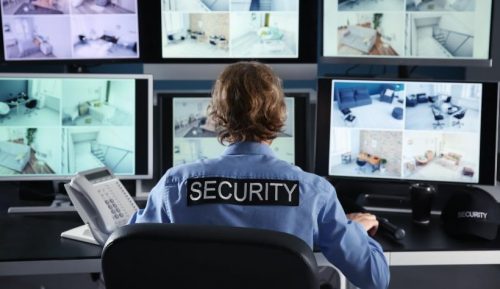
- Educate staff on basic system operations like live viewing, playback controls, downloading footage, alert monitoring, and troubleshooting simple issues.
- Demonstrate effective monitoring strategies tailored to your premises’ layout and risks. Review recordings regularly, even without alerts.
- Set expectations for maintaining confidentiality and following usage policies. Stress the importance of ethical, responsible use.
- Train managers on interpreting unusual footage and calmly responding based on protocols for various incident types. Practice making quick, smart decisions.
- Ensure staff can access emergency numbers and processes easily if threats arise. Have an action plan ready for law enforcement interaction.
Ongoing Evaluation
- Audit system health and performance quarterly. Assess if current tools meet your evolving security needs.
- Research new camera features and system integrations periodically. Take advantage of technology advancements.
- Adjust camera placement, settings, or number of units to address blind spots or new interior layouts. Expand storage capacity if needed.
- Compare incident rates before and after installation. Continue making enhancements to maximize protection.
Following best practices maximizes the effectiveness of your security camera system and ensures you use this powerful tool both ethically and legally.
Final Thoughts
Today, commercial security cameras are essential for protecting your business, employees, and customers. Investing in a comprehensive, high-quality camera system tailored to your needs delivers immense value for your operations, assets, liability mitigation, and peace of mind.
Carefully weigh the threats your business faces and research solutions that address your vulnerabilities. With the right security camera system in place, you can rest assured your business is protected 24/7.



































